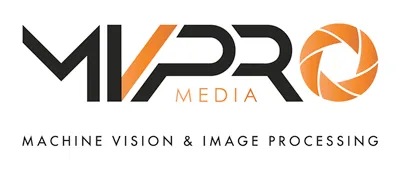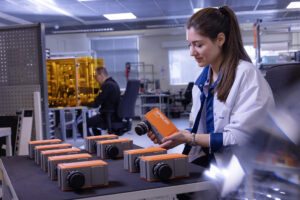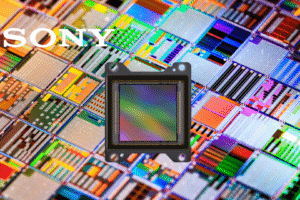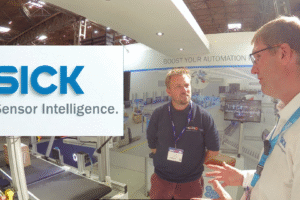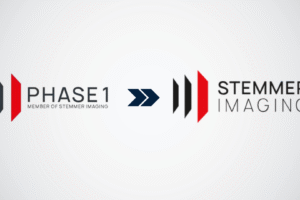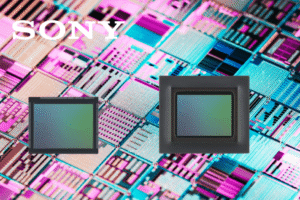
The advancement of Artificial Intelligence (AI) has revolutionised numerous industries over the past few decades, with one of the most prominent areas of growth being machine vision. As technology evolves, AI-driven machine vision is becoming increasingly sophisticated, providing remarkable improvements in precision, efficiency, and capability across a wide range of industries.
Early Developments and Milestones in AI and Machine Vision
The roots of machine vision trace back to the 1960s and 1970s when early computer vision systems were designed to interpret basic visual inputs. However, these early systems were limited by computational power, data storage, and algorithmic constraints.
The turning point in the development of machine vision came with the advent of deep learning in the 2000s. This breakthrough significantly enhanced the accuracy and capability of machine vision. Deep learning algorithms, particularly convolutional neural networks (CNNs), became the cornerstone of AI-driven image processing. CNNs excel at identifying complex features in images and videos, such as texture, shape, and movement, which are fundamental for advanced machine vision applications.
Machine Vision in Industry Today
Machine vision has been adopted widely across many industries, with applications ranging from quality control in manufacturing to autonomous vehicles. One of the most notable areas of growth has been in the manufacturing industry, where AI-powered machine vision systems are employed for tasks such as inspection, quality control, and predictive maintenance.
In quality control, machine vision systems are capable of detecting minute defects in products at a speed and accuracy level far beyond human inspectors. The introduction of AI has made these systems even more reliable, enabling them to improve over time as they are exposed to larger datasets. For instance, AI algorithms can learn from previous defects and adapt to new types of anomalies, reducing the likelihood of false positives and increasing the precision of inspections.
Predictive maintenance is another area where machine vision, combined with AI, is making an impact. Using AI-driven cameras and sensors, systems can monitor the condition of machines, detecting wear and tear, unusual patterns, or potential failures before they occur. This proactive approach minimizes downtime and extends the lifespan of critical machinery.
Machine Vision in Autonomous Vehicles
The automotive industry, particularly in the development of autonomous vehicles, has seen massive strides thanks to AI-powered machine vision. Self-driving cars rely heavily on machine vision systems to navigate, interpret road conditions, and make decisions. These vehicles are equipped with a combination of cameras, LiDAR (Light Detection and Ranging), and radar sensors, which feed real-time visual data into AI algorithms that interpret the environment.
For instance, AI algorithms process images from cameras to recognize and track objects, such as pedestrians, other vehicles, traffic signs, and road markings. The system must make split-second decisions, like when to stop, accelerate, or turn, based on this visual input. The continued advancement of deep learning techniques has greatly improved the accuracy of object detection, enabling autonomous vehicles to perform well in complex, dynamic environments.
Moreover, machine vision in autonomous vehicles is evolving to handle more challenging conditions such as adverse weather or nighttime driving. AI systems are becoming increasingly adept at fusing data from multiple sensors to create a clearer and more reliable representation of the environment, improving safety and performance.
The Impact of AI on Machine Vision Hardware
As AI and machine vision have become more integral to industry applications, advancements in hardware have also played a critical role. The demand for more powerful processing units has led to the development of specialized hardware designed to accelerate machine vision tasks.
Furthermore, the continuous miniaturization of hardware has allowed machine vision systems to become more affordable and accessible to a broader range of industries, including small and medium-sized enterprises (SMEs).
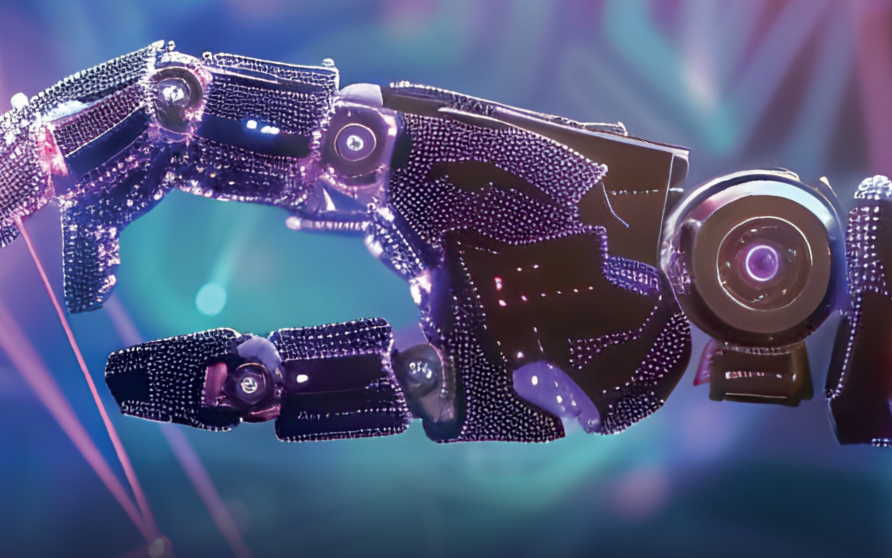
Challenges and the Future of AI and Machine Vision
Despite the rapid progress, there are still challenges that need to be addressed in the field of machine vision. One of the key hurdles is dealing with the diversity and variability of real-world environments. While machine vision systems perform well under controlled conditions, they can struggle when faced with unpredictable scenarios, such as changes in lighting, angle, or obstructions. Addressing these challenges requires ongoing innovation in both AI algorithms and hardware to ensure reliability and adaptability in all conditions.
Another challenge is the ethical and privacy implications of using AI and machine vision, particularly when it comes to surveillance or facial recognition technologies. There are growing concerns about the potential for misuse of these technologies, as well as the biases that may be embedded within AI algorithms. It is crucial that researchers, developers, and policymakers work together to establish guidelines and regulations that ensure AI-driven machine vision is used responsibly and transparently.
Looking ahead, the future of AI in machine vision appears incredibly promising. Researchers are developing advanced algorithms capable of real-time 3D vision, which could revolutionise applications in fields like robotics, healthcare, and augmented reality.
The advancement of AI in the machine vision industry has led to ground breaking innovations that are transforming industries ranging from manufacturing to automotive and healthcare. While challenges remain, the continued development of AI algorithms, hardware, and ethical frameworks promises to unlock even more possibilities for machine vision in the coming years, creating safer, more efficient, and intelligent systems that will shape the future of our world.
